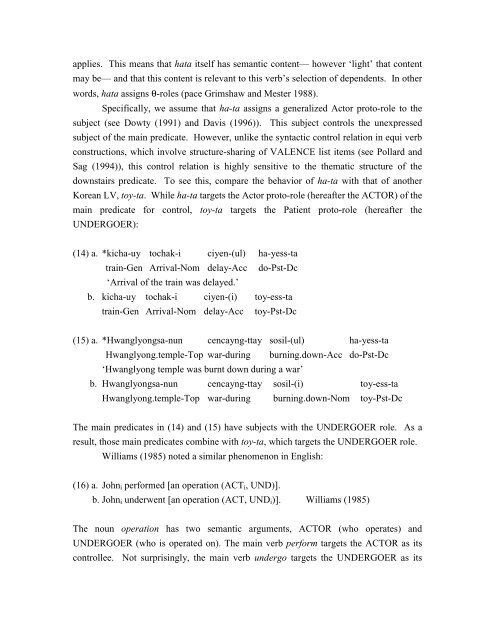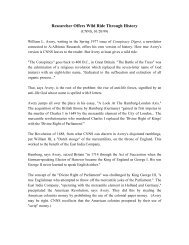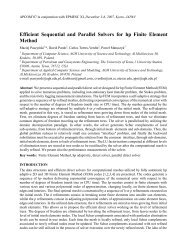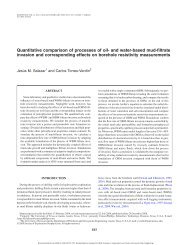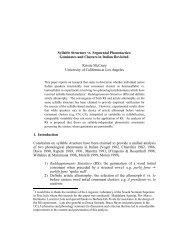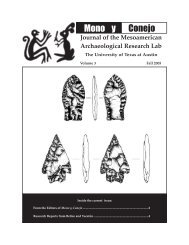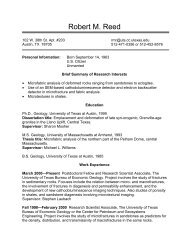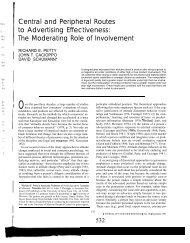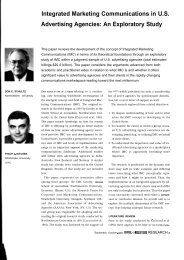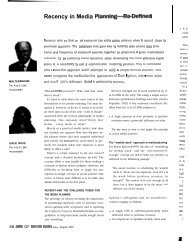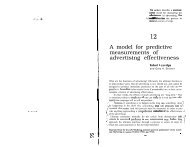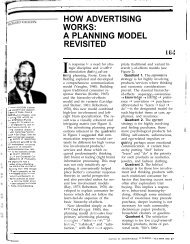Mixed Categories and Argument Transfer in the Korean Light Verb ...
Mixed Categories and Argument Transfer in the Korean Light Verb ...
Mixed Categories and Argument Transfer in the Korean Light Verb ...
Create successful ePaper yourself
Turn your PDF publications into a flip-book with our unique Google optimized e-Paper software.
applies. This means that hata itself has semantic content— however ‘light’ that content<br />
may be— <strong>and</strong> that this content is relevant to this verb’s selection of dependents. In o<strong>the</strong>r<br />
words, hata assigns θ-roles (pace Grimshaw <strong>and</strong> Mester 1988).<br />
Specifically, we assume that ha-ta assigns a generalized Actor proto-role to <strong>the</strong><br />
subject (see Dowty (1991) <strong>and</strong> Davis (1996)). This subject controls <strong>the</strong> unexpressed<br />
subject of <strong>the</strong> ma<strong>in</strong> predicate. However, unlike <strong>the</strong> syntactic control relation <strong>in</strong> equi verb<br />
constructions, which <strong>in</strong>volve structure-shar<strong>in</strong>g of VALENCE list items (see Pollard <strong>and</strong><br />
Sag (1994)), this control relation is highly sensitive to <strong>the</strong> <strong>the</strong>matic structure of <strong>the</strong><br />
downstairs predicate. To see this, compare <strong>the</strong> behavior of ha-ta with that of ano<strong>the</strong>r<br />
<strong>Korean</strong> LV, toy-ta. While ha-ta targets <strong>the</strong> Actor proto-role (hereafter <strong>the</strong> ACTOR) of <strong>the</strong><br />
ma<strong>in</strong> predicate for control, toy-ta targets <strong>the</strong> Patient proto-role (hereafter <strong>the</strong><br />
UNDERGOER):<br />
(14) a. *kicha-uy tochak-i ciyen-(ul) ha-yess-ta<br />
tra<strong>in</strong>-Gen Arrival-Nom delay-Acc<br />
‘Arrival of <strong>the</strong> tra<strong>in</strong> was delayed.’<br />
do-Pst-Dc<br />
b. kicha-uy tochak-i ciyen-(i) toy-ess-ta<br />
tra<strong>in</strong>-Gen Arrival-Nom delay-Acc toy-Pst-Dc<br />
(15) a. *Hwanglyongsa-nun cencayng-ttay sosil-(ul) ha-yess-ta<br />
Hwanglyong.temple-Top war-dur<strong>in</strong>g burn<strong>in</strong>g.down-Acc do-Pst-Dc<br />
‘Hwanglyong temple was burnt down dur<strong>in</strong>g a war’<br />
b. Hwanglyongsa-nun cencayng-ttay sosil-(i) toy-ess-ta<br />
Hwanglyong.temple-Top war-dur<strong>in</strong>g burn<strong>in</strong>g.down-Nom toy-Pst-Dc<br />
The ma<strong>in</strong> predicates <strong>in</strong> (14) <strong>and</strong> (15) have subjects with <strong>the</strong> UNDERGOER role. As a<br />
result, those ma<strong>in</strong> predicates comb<strong>in</strong>e with toy-ta, which targets <strong>the</strong> UNDERGOER role.<br />
Williams (1985) noted a similar phenomenon <strong>in</strong> English:<br />
(16) a. Johni performed [an operation (ACTi, UND)].<br />
b. Johni underwent [an operation (ACT, UNDi)]. Williams (1985)<br />
The noun operation has two semantic arguments, ACTOR (who operates) <strong>and</strong><br />
UNDERGOER (who is operated on). The ma<strong>in</strong> verb perform targets <strong>the</strong> ACTOR as its<br />
controllee. Not surpris<strong>in</strong>gly, <strong>the</strong> ma<strong>in</strong> verb undergo targets <strong>the</strong> UNDERGOER as its


